On 9th October, Matca has had the pleasure of sitting with Iwan Baan, one of the most sought-after architecture photographers in the world and Trieu Chien, also an architecture photographer who helps build Handhome, an architecture community that promotes the use of photography in documenting and popularizing construction projects in Vietnam. After Iwan Baan’s talk that is part of Sou Fujimoto’s exhibition, the two share about their practice and motivation.
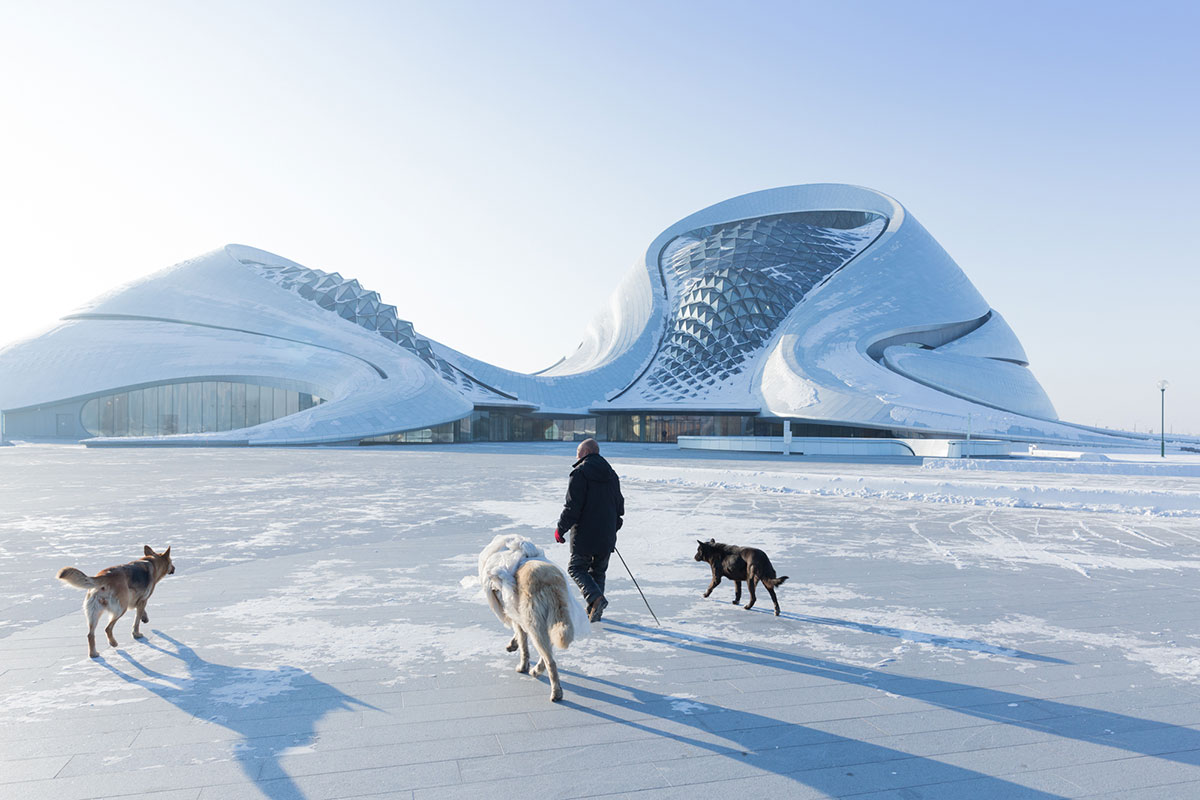
Why do you take on architecture photography? Is architecture photography gaining more attention now that urban planning becomes a hot topic in developing countries on their ways of modernization?
Iwan Bann: For me it’s not so much about architecture but how people live. That can be from the very top end of the spectrum like a 50-million dollar penthouse at Fifth Avenue to self-built communities. The point is to show a wide range of possibilities of how people create an environment for themselves, and how that makes sense in today’s society.
I don’t consider myself an architecture photographer but a documentarian. The commissions from architecture projects give me the means to travel around and work on my personal works about different communities.
Trieu Chien: I am very glad that there are more attention given to architecture in general and architecture photography in particular. I want people to see it as a serious career choice. After two years pursuing photography, to me there are still so many things to explore about architecture in Vietnam. Also, for the time being there are things that are disappearing like apartment compounds, as they no longer meet the increasing needs of residents and more and more big buildings with bigger space emerge. They are likely to disappear in the near future as cities develop, so I want to document them before it happens.
Like many others, I look up to Iwan Bann. He travels around the world to take photos of great construction projects and work with top-notch architects. To me, he’s like a mentor that inspires me through his works and talks.
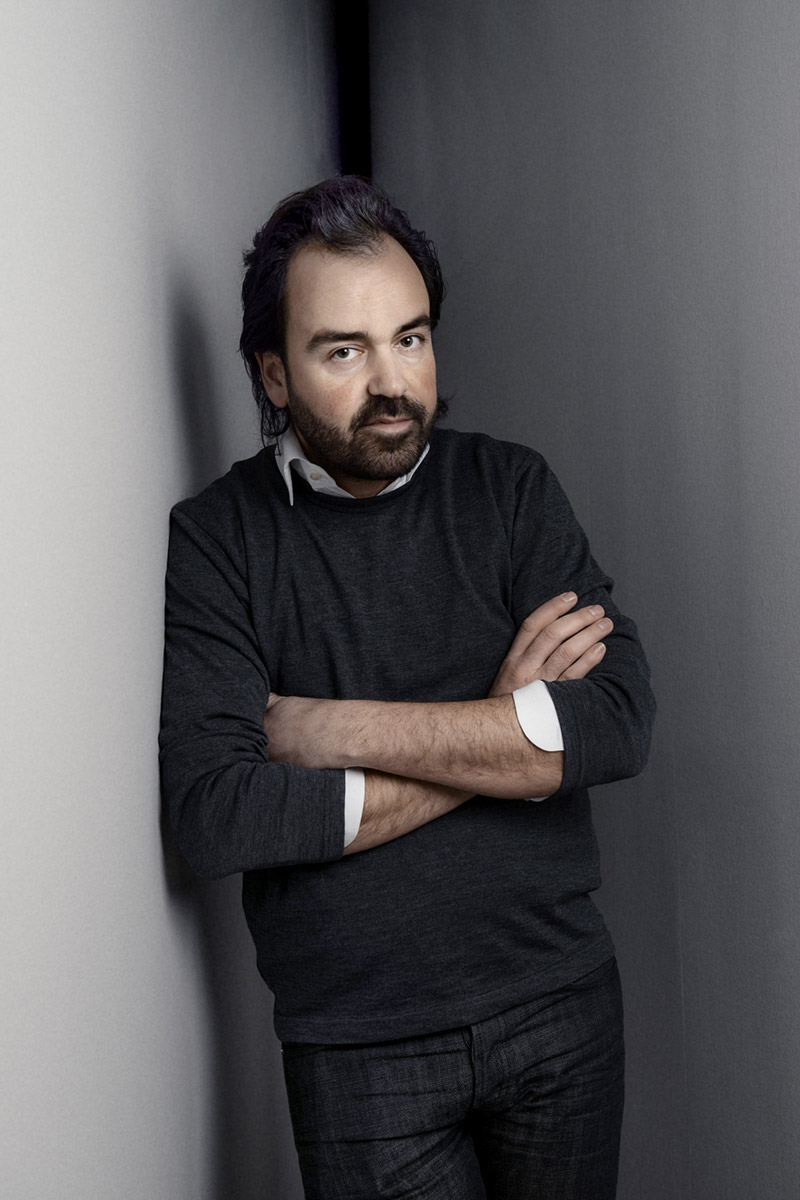
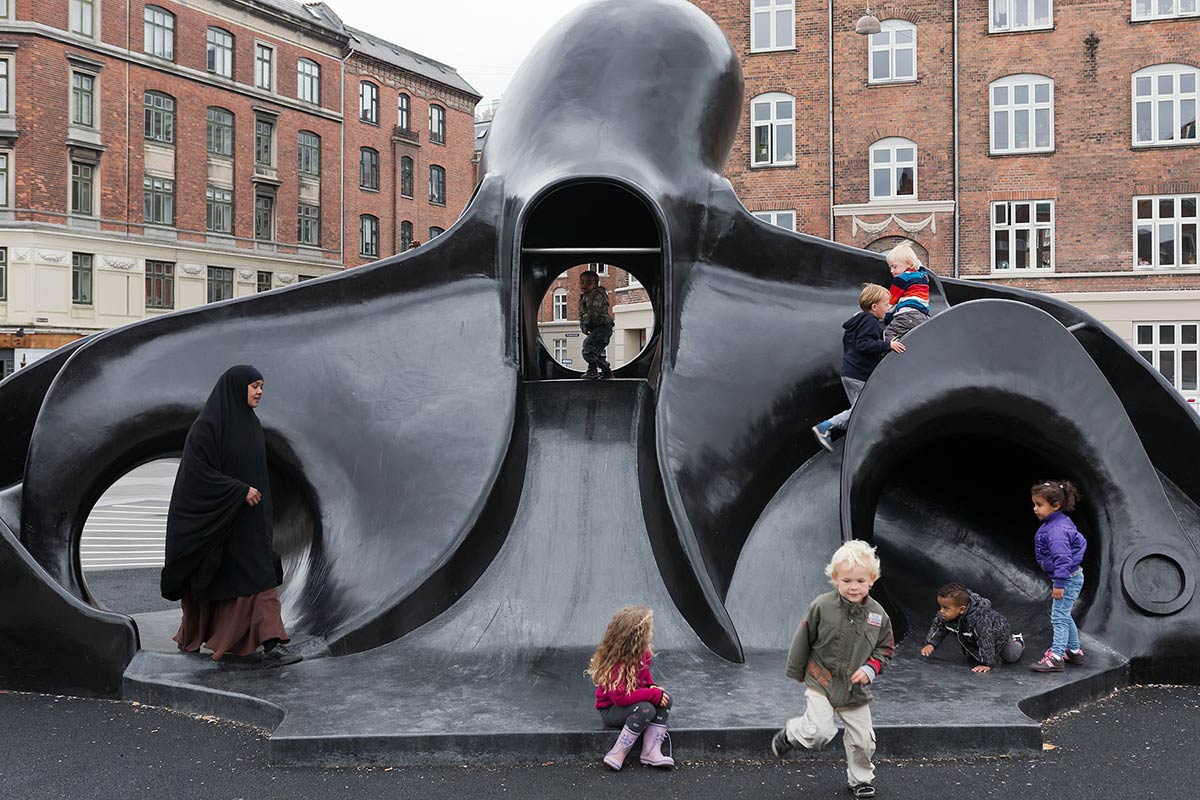
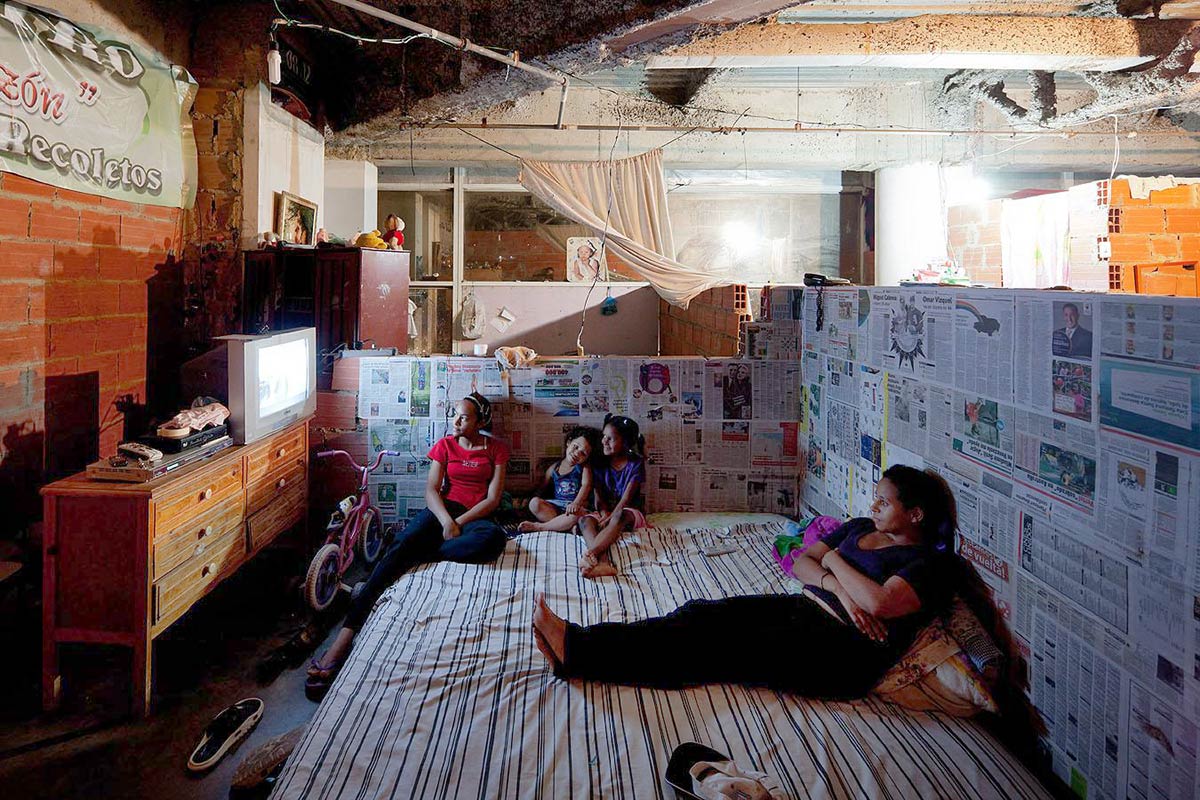
How did you start photography and when did you decide to turn the camera towards construction sites?
Iwan Bann: I’ve been photographing my whole life. I got my first camera when I was 12 years old, so photography is always my thing. Around 12 years ago accidentally I met the architect Rem Koolhaas and started working with him. I got fascinated with his office, and like me he’s also less interested in buildings and more in their environment. We started working a lot together and quickly warmed up to each other’s approach.
Before that I mostly did documentary projects, telling stories about places and people. In a way my photography hasn’t changed much, it’s just that the background gradually becomes architecture. But I still work in a traditional photojournalistic kind of way. It’s important to record the activities of people in these places. From outside the building could be anything, only by watching people do we get the idea of what the building is for, be it an office or a residential place…
When I started photographing architecture, I was amazed how previous architecture photos were just about the building and its details. For me it’s a natural thing to show the context and people.
Trieu Chien: My journey with photography started when I got admitted to Hanoi Architectural University and received a camera as a gift from my parents. Throughout my university life, I spent time taking photographs more than working on final projects. I was torn between pursuing photography or architecture as a career, and I made the decision that is probably the best one I’ve ever made: becoming an architecture photographer. Now I could employ both photography skills and the knowledge gained in five years in architecture school. Everything is so new and the road is long, to follow it requires great love.
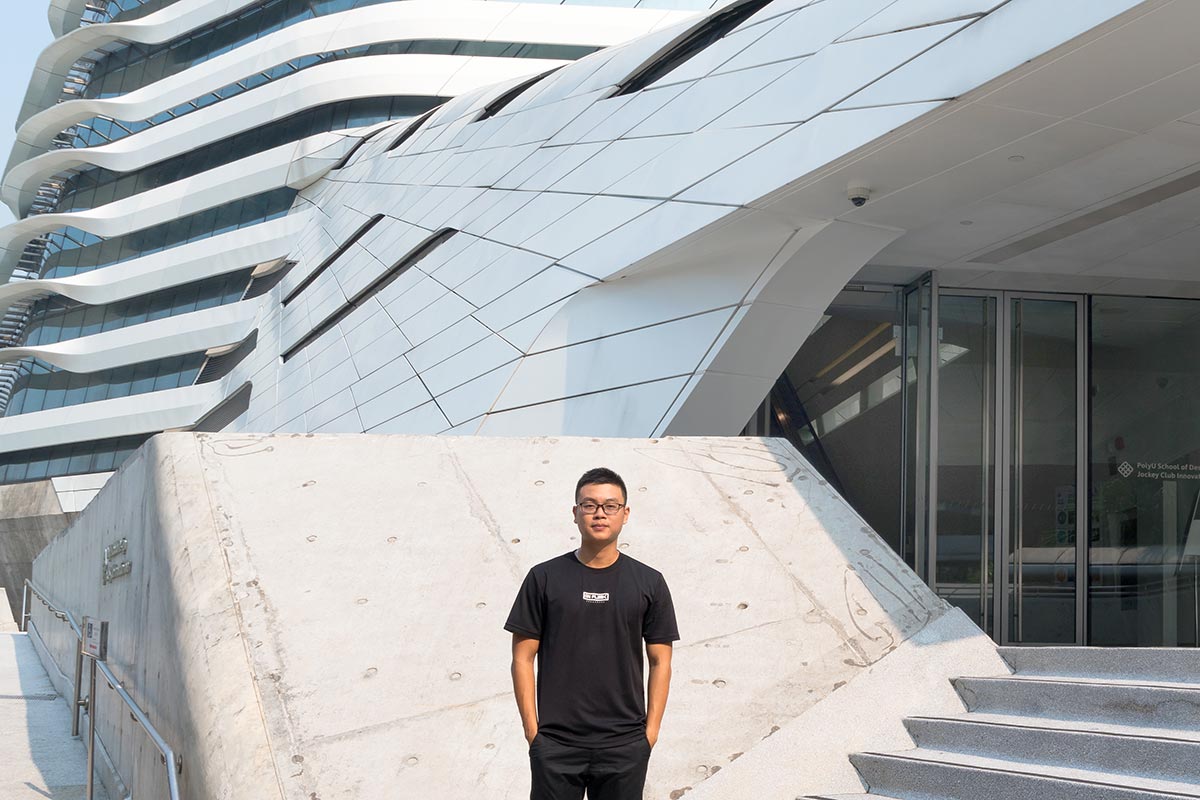

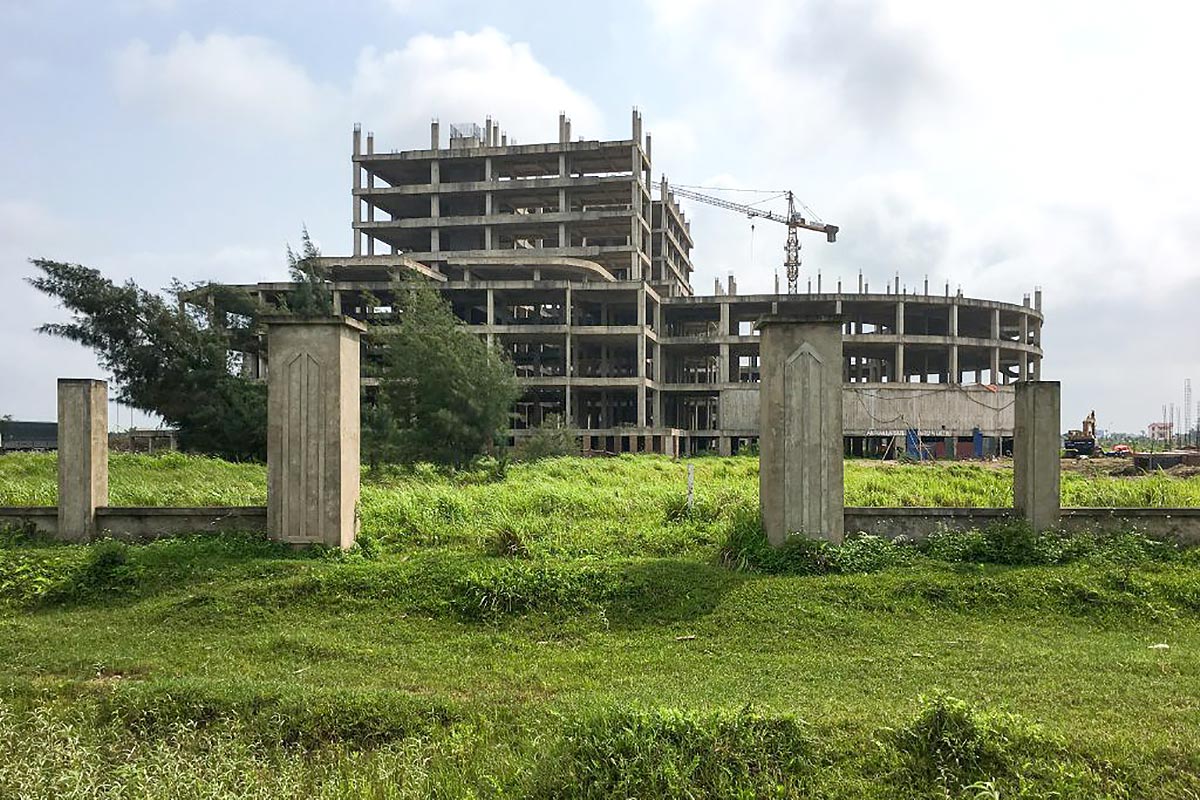
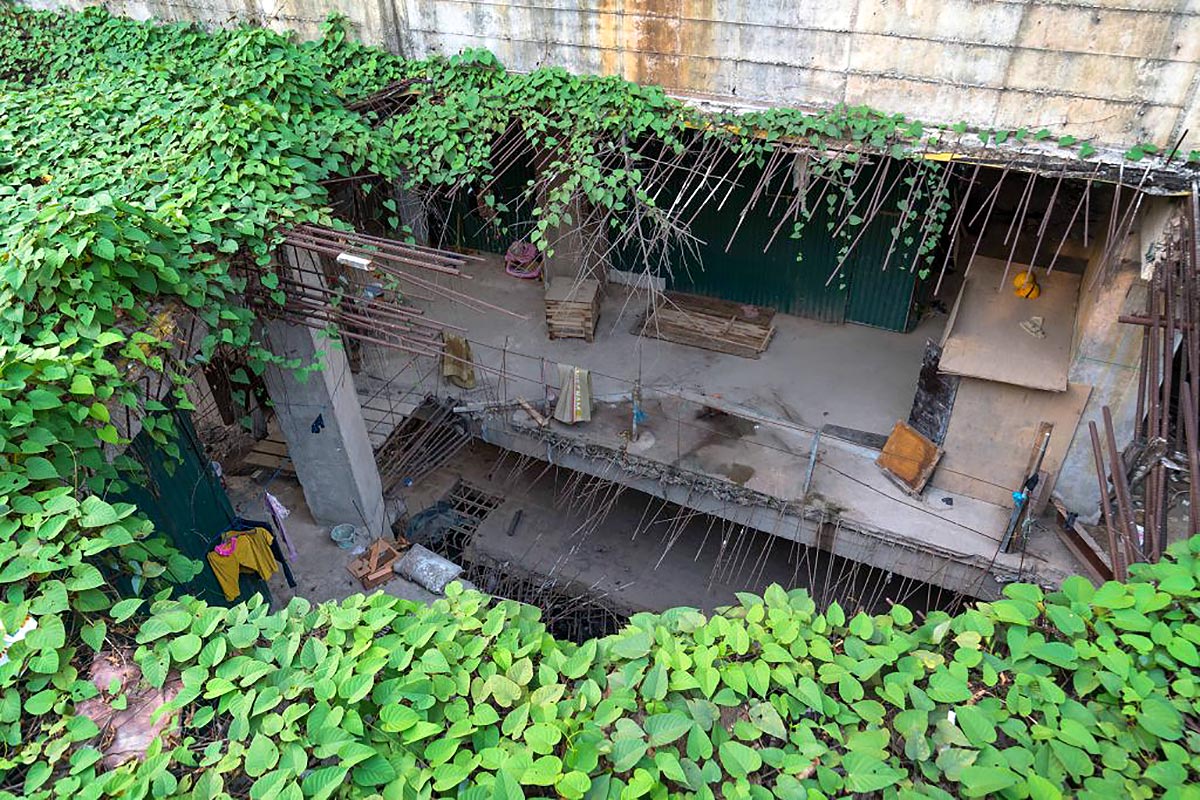
Having said that, is basic knowledge of architecture required?
Iwan Bann: Not so much, I don’t know anything actually. I think great architecture shows what it does with the community in the place. That’s my interest and I try to develop further from there. Often when I’m at a specific building and I’m pushed to look at the building in a specific way, things fall into place. I still think I don’t know much about architecture but I’m used to feeling the space very intuitively.
We could see that aerial photographs have played a big role in Iwan Baan’s projects even before flycams become accessible. In order to take them, you have to fly on a helicopter. But now as images from flycams are everywhere, does it influence your approach?
Iwan Baan: It’s like the camera. Everybody’s got a camera on their phone these days. In the end, it’s up to the photographer what you make of it and what stories you want to tell. That’s what makes the picture.
Trieu Chien: I have taken photos with a flycam before. But the important thing is the building has to be distinctive in its environment, otherwise photos taken from the bird-eye view wouldn’t have much value.
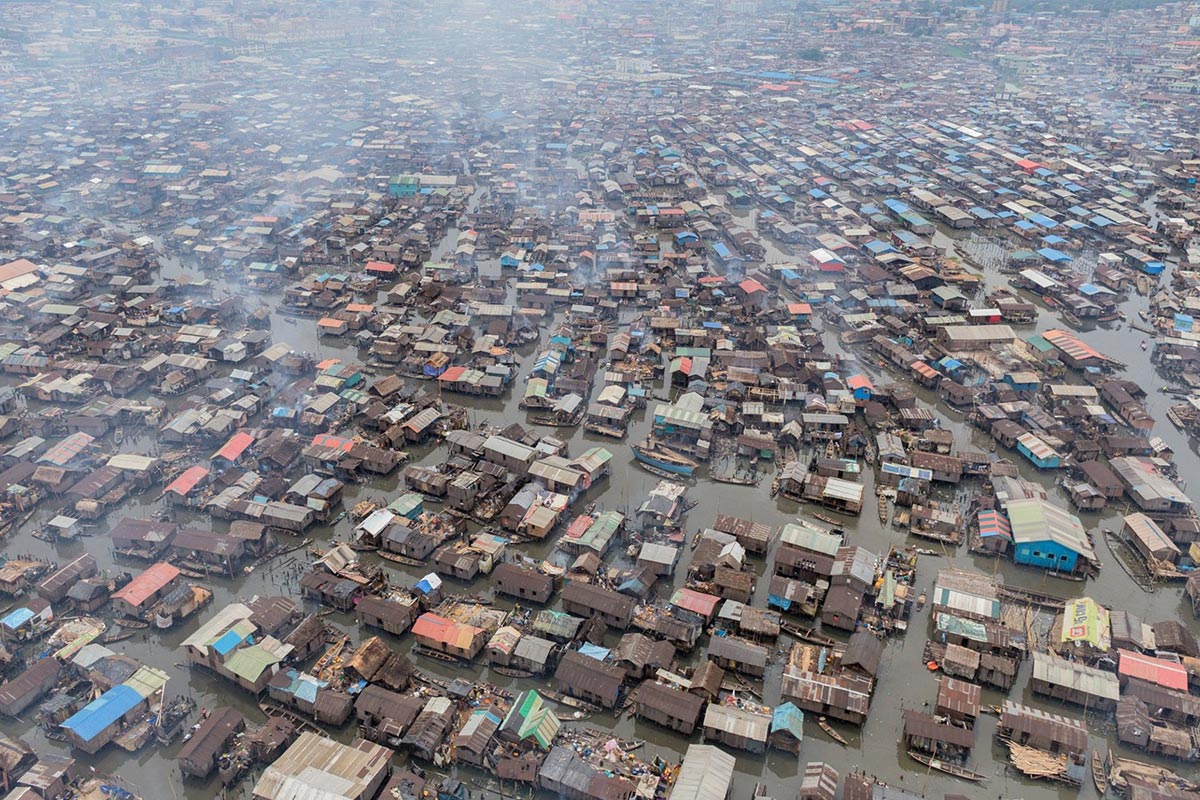
You once said in another interview that there’s no normal, people adjust to whatever situation there is. Who do you think decides what is normal and how things fail to be like intended?
Iwan Bann:We are all preoccupied with what a house should look like, this is where an architect really comes in and makes us think differently about a space and how it can be used. Like the environment we’re sitting, we see prefabricated materials that a big corporation invented and determined how someone should live. But upon going to a specific community, for me and you it will be almost unimaginable to live there but the inhabitants have built everything by themselves and for them it’s the perfect way to live. What feels extreme and impossible to live in is viewed as completely normal and ordinary by the locals. Seeing me with a camera they will be like “What’s your interest here?” It’s interesting for me to see such a wide variety of ways of living.
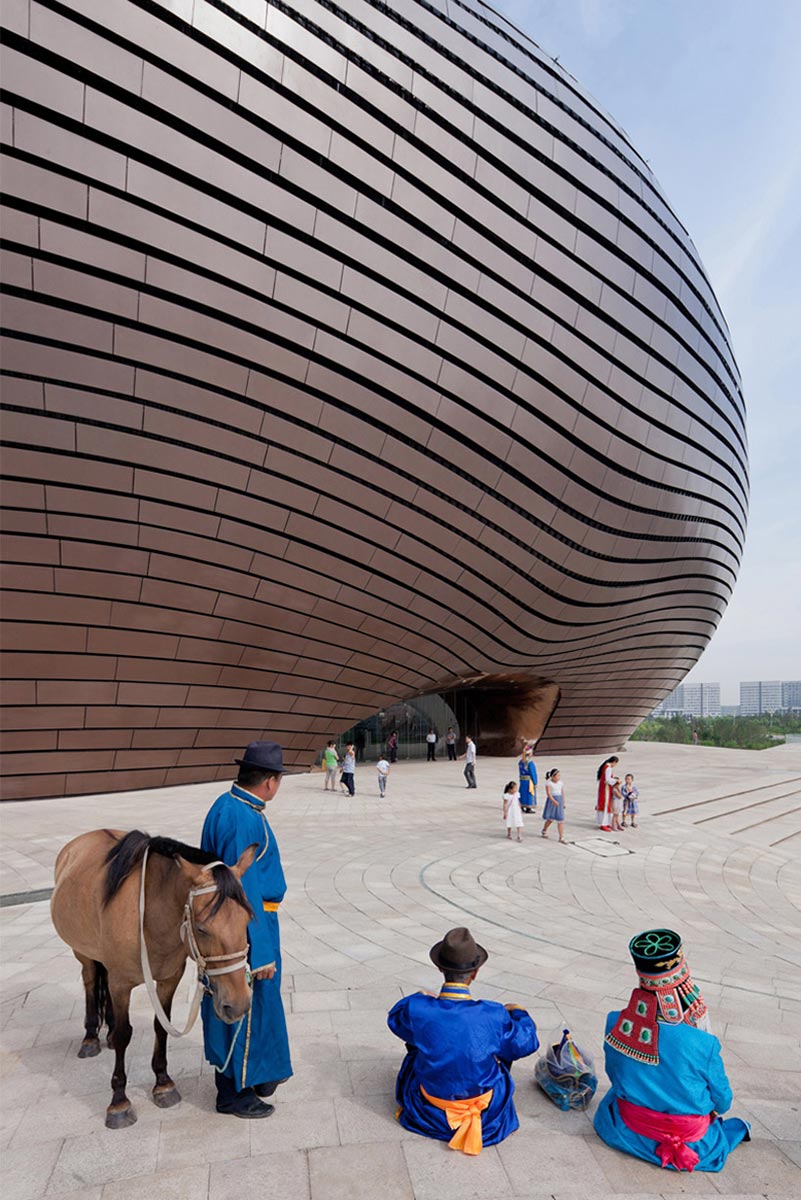
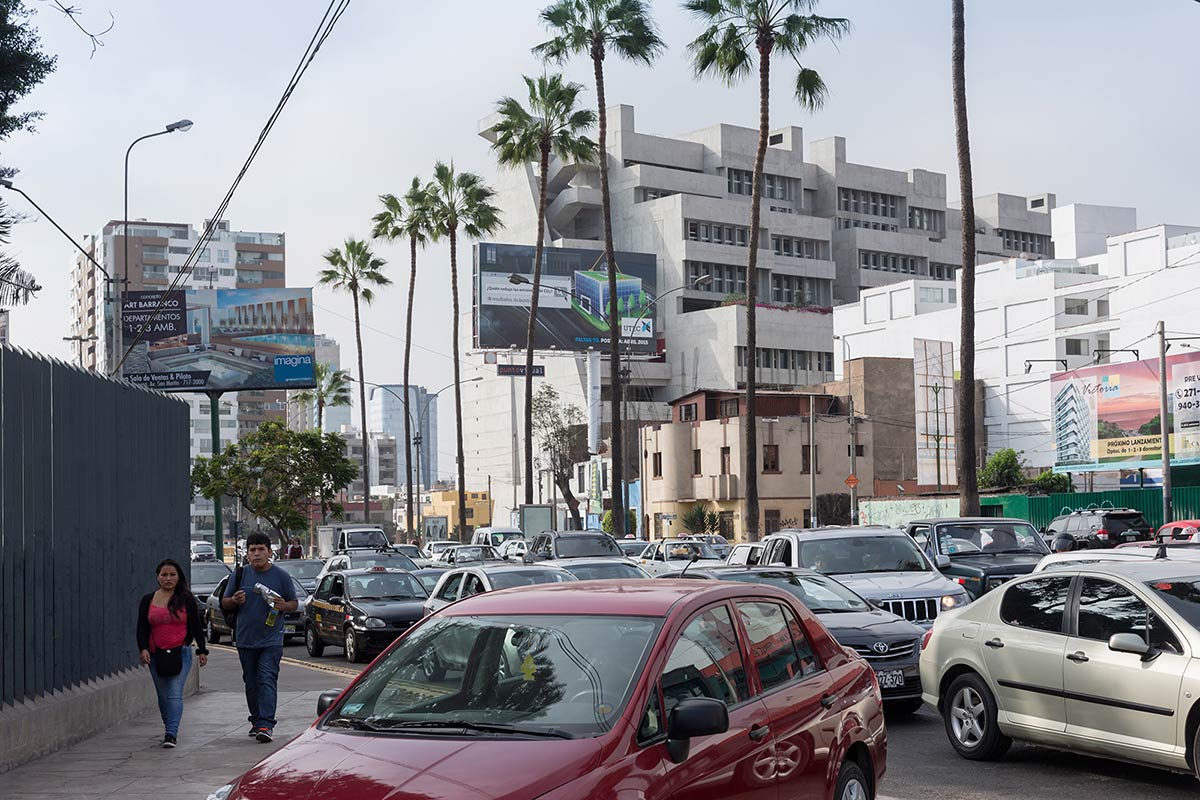
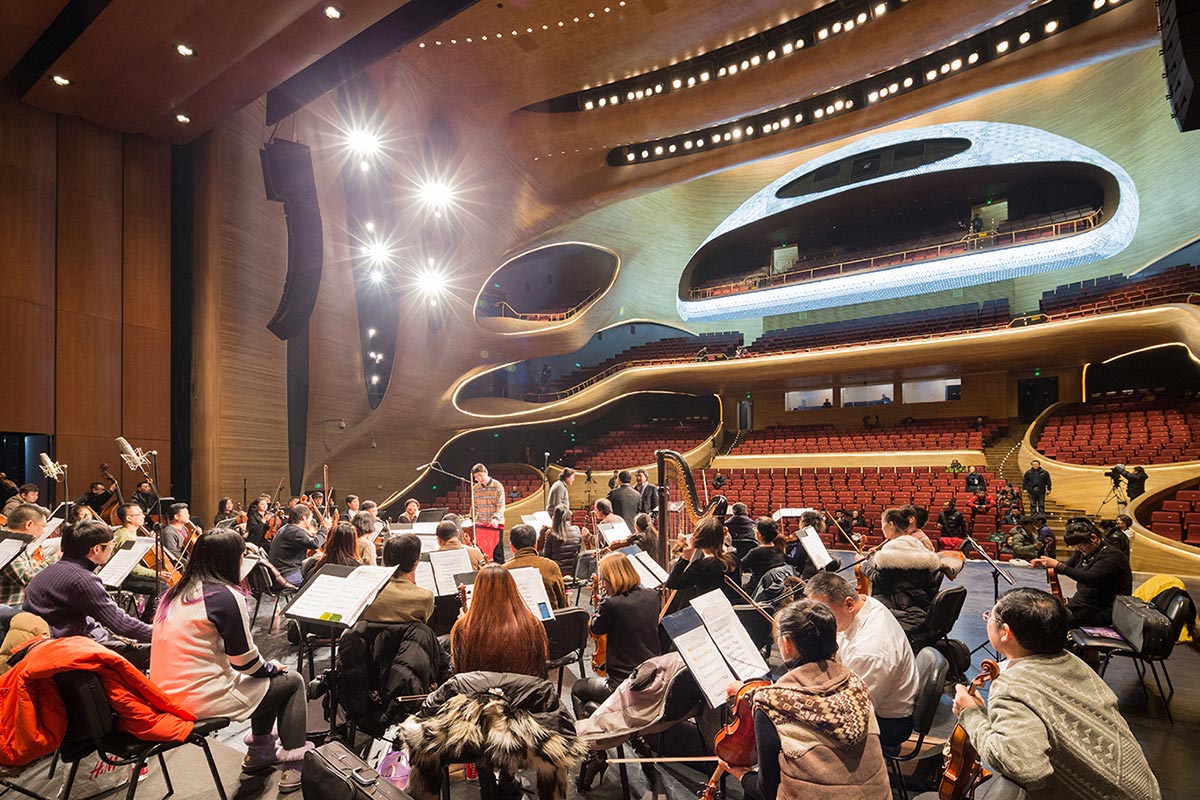
What’s your living environment after having seen so many architecture projects?
Trieu Chien: There’s no place like home.
Iwan Bann: It’s a suitcase. I travel all the time.
